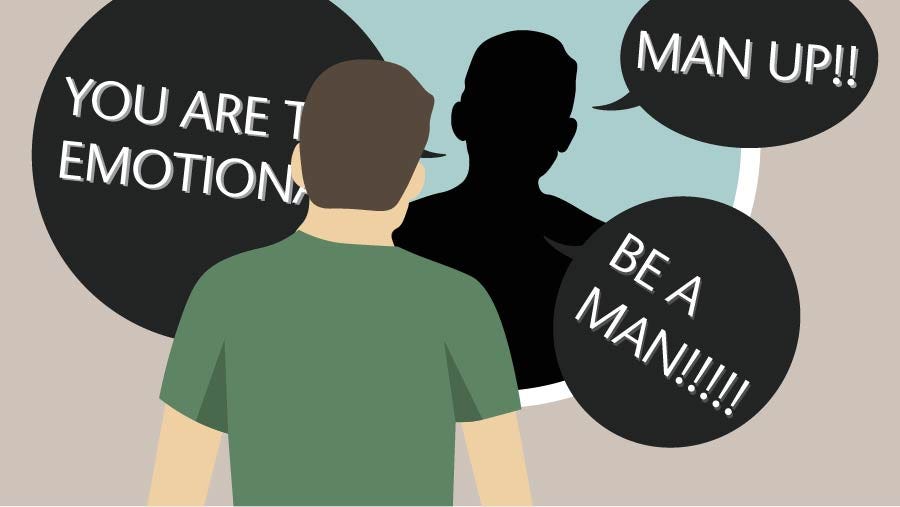Redefining Accessibility: Making Outdoor Experiences More Inclusive for Emotional and Mental Wellbeing
Redefining Accessibility: Making Outdoor Experiences More Inclusive for Emotional and Mental Wellbeing

This year, there has been a significant focus on accessibility, particularly in industry conferences and awards, highlighting the importance of meeting diverse needs within the tourism and outdoor sectors.
While physical accessibility often dominates the conversation, I’ve been reflecting on a different, yet equally important, dimension—emotional and mental accessibility. As business owners, we are deeply committed to improving accessibility wherever possible. Recently, I began working on our Accessibility Report, and during a discussion with a Tourism WA representative, we explored various accessibility categories and how our organization can better cater to them.
This conversation sparked a thought: What if we could explore accessibility from the perspective of emotional and mental connection?
Mental health and wellbeing face unique challenges when it comes to accessibility. Personally, I’ve experienced emotional and mental accessibility issues during some of my darkest moments, and these experiences have shaped my approach to creating more inclusive and supportive outdoor experiences.

There are several key barriers that prevent people from accessing mental health and wellness:

Stigma and Social Barriers
Fear of judgment and being misunderstood often prevent people from seeking help. The stigma surrounding mental health can make it difficult for individuals to participate in wellness activities, especially in environments that aren’t sensitive to their needs.
Solution: To make outdoor experiences more inclusive, we must create safe, non-judgmental spaces where individuals feel supported and understood, encouraging them to engage with nature in a way that fosters healing without fear of stigma.
Physical Accessibility
While we often think of accessibility in terms of mobility, we must also consider transportation barriers that limit someone's ability to reach mental health services or nature experiences. For those without reliable transport, even a simple excursion to the outdoors can feel out of reach.
Solution: Offering flexible transportation options, or partnering with organizations that assist with transport, can help ensure more people have access to these experiences.


Financial Barriers
Affordability is another key issue. Some individuals may want to experience the healing benefits of nature but are financially unable to participate in guided tours, activities, or wellness experiences.
Solution: One solution could be offering tiered pricing, sliding scale fees, or scholarship programs that make outdoor wellness experiences more affordable and accessible for all, regardless of their financial situation.
Geographical Barriers
People in remote areas often lack access to services, including mental health support. Nature experiences in these areas might be the only form of accessible healing, but they must be tailored to their needs.
Solution: For those in geographically isolated areas, virtual or hybrid experiences, such as online nature meditation sessions, or providing resources that allow them to engage with nature independently, can make a significant difference in their mental health journey.


Emotional Accessibility
For people dealing with anxiety, PTSD, and other emotional challenges, overwhelming environments or activities can present significant barriers. To make nature experiences more emotionally accessible, we can create environments that cater to the emotional needs of these individuals—whether through quieter, more serene settings, or providing options for gradual engagement with nature.
Solution: Providing sensory breaks during longer hikes, offering smaller, less crowded groups, or integrating calming techniques like deep breathing or mindfulness can make a world of difference.